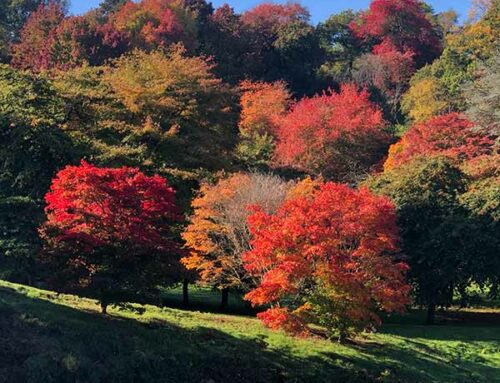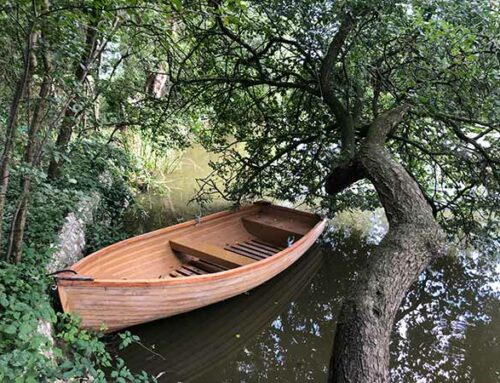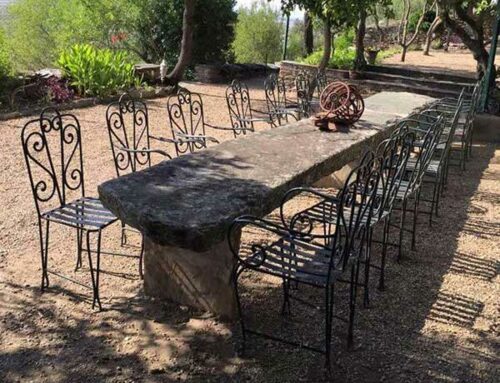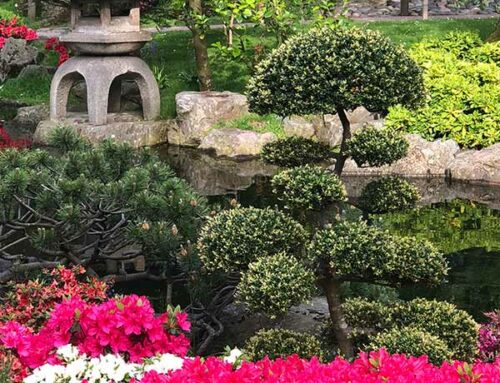Our visit to Rydal Mount Gardens –
This year marks the 250th birthday of William Wordsworth, one of England’s most aptly named and best-loved poets.
He’s best known for the classic ‘I Wandered Lonely As A Cloud’ which many of us remember from school days, but poetry wasn’t his only talent. Wordsworth loved nature and was a talented landscape designer too.
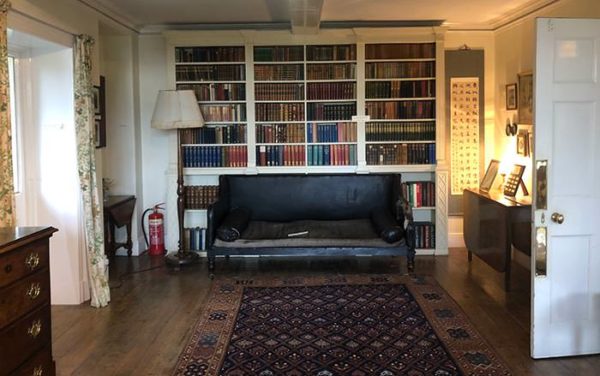
Library and drawing room at Wordsworth’s house, Cumbria
Wordsworth’s Poetry Was Inspired By The Natural World
Wordsworth’s poetry demonstrates his love of the natural world and his view that nature has a beneficial effect on the human mind.
He believed that our intellectual and spiritual development was directly linked to the amount of time we spend in the great outdoors.
His poem ‘London, 1802‘ and ‘The World Is Too Much With Us‘ shows he thought that we become selfish and immoral without a relationship with nature. He believed that living in cramped, urban environments led to evil, whereas country-folk who lived close to the land retained their pureness of spirit.
Today Wordsworth’s views on human interaction with the environment are described as pioneering, and modern medical studies concur with his point of view – that we are healthier and happier immersed in nature.
Coleorton Hall Landscape Design
Wordsworth’s love of landscape design found an outlet when he created a winter garden for Coleorton Hall in Leicester after becoming friends with Lord Beaumont who had offered Wordsworth Hall Farm when his family outgrew Dove Cottage.
Wordsworth was asked to create a winter garden at Coleorton and he designed extensive plans from disguising old mine workings with strategically planted trees, right down to small details such as a hidden grotto with shellwork.
Wordsworth’s reputation as a talented landscape designer grew from his work at Coleorton Hall and can be enjoyed today at his final home – Rydal Mount.
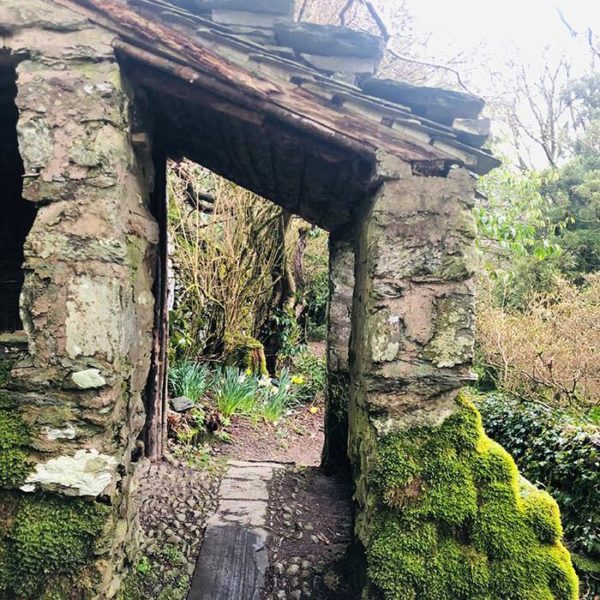
The Summer House in Wordsworth’s Garden at Rydal Mount, where he worked on his most famous poem.
Wordsworth’s Garden – Rydal Mount
After living at Hall Farm Wordsworth spent the latter part of his life from 1813 to 1850 at Rydal Mount near Ambleside in the Lake District where he created beautiful gardens alongside his wife Mary and his sister Dorothy.
The landscaped gardens are still very close to the original layout and they give an insight into the variety of landscapes that Wordsworth enjoyed spending his time in.
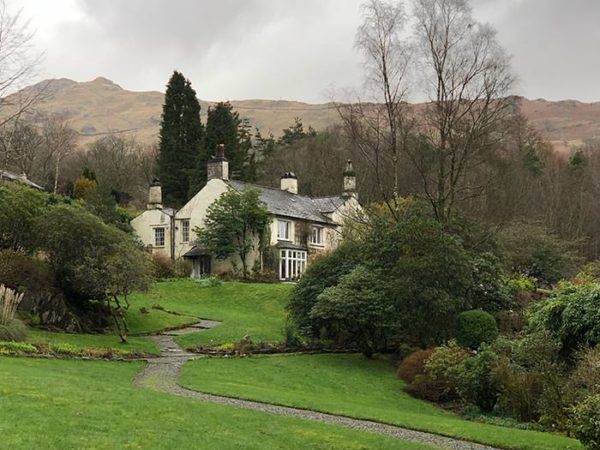
View from the garden of William Wordsworth’s House at Rydal Mount.
Rydal Mount gardens include separate areas that all harmoniously sit in five acres.
These include distinctive woodlands, water features with rock pools, a fellside terraced garden, an ancient mound, and high points that overlook glorious Rydal Water and Windermere.
Wordsworth’s mix of wild nature and formal gardens is stimulating but ultimately relaxing and the gardens provide a peaceful escape from the outside world.
Regular visitors to Rydal Mount were the poets Samuel Taylor Coleridge and John Keats who frequently came to stay in Wordsworth’s tranquil surroundings.
Wordsworth lived at Rydal Mount for 37 years and wrote the final edits to ‘I Wandered Lonely As A Cloud’ in the terraced summerhouse that overlooks Rydal Water.
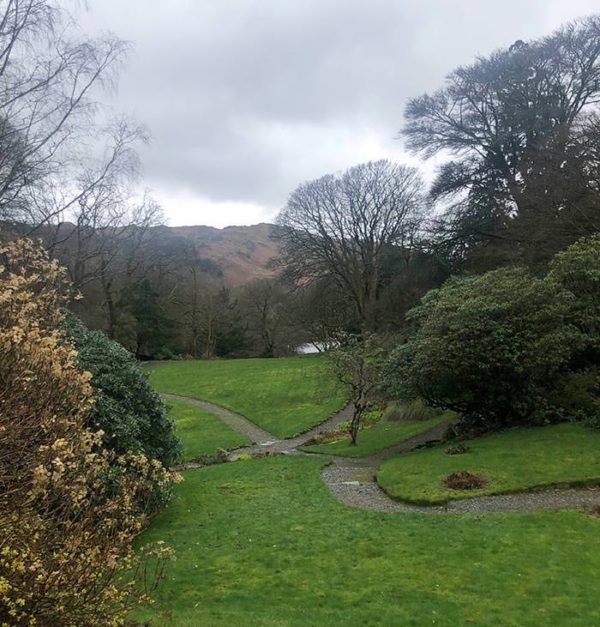
View of Rydal Water from Wordsworth’s Garden
Dora’s Daffodil Field
In 1826 Wordsworth bought the nearby Rash Field which is situated next to the churchyard of St Mary’s Church and very close to Rydal Mount.
Wordsworth planned to build a house there when his landlady Lady Anne le Flemming had threatened to withdraw his tenancy. Wordsworth’s planned house would have blocked the view of Rydal Water and Windermere from Rydal Mount thus reducing its value.
Plans were drawn up, but Lady Flemming withdrew her threat of eviction and when Wordsworth’s daughter Dora died of tuberculosis in 1847 Wordsworth planted the Rash Field with daffodils in her memory.
Dora’s daffodils are small, delicate plants rather than the bold and friendly ‘host of golden daffodils’ in his most famous poem, and the field was renamed ‘Dora’s Field’. It’s now in the hands of the National Trust.
Visiting Wordsworth’s Home
You can visit Wordsworth’s home and Dora’s Field to soak up the atmosphere before enjoying coffee and cake in the tearooms which were his former saddlery.
It’s worth visiting to soak up the semi-wild, semi-cultured atmosphere of his landscaped garden and admire his favourite trees and flowers which included pines, juniper, box, yew, hyacinths, hollyhocks, celandine, and of course daffodils.
The best time to visit is in spring when the bulbs are at their best in Dora’s field and throughout Wordsworth’s garden.
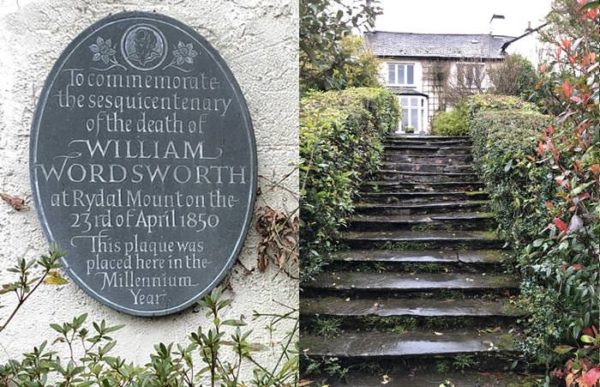
Visit Wordsworth’s house and Dora’s Field, Rydal Mount.
Not Just A Poet
Next time you hear the lines:
‘When all at once I saw a crowd, A host, of golden daffodils’
think of Wordsworth as not just a poet, but a truly talented landscape gardener who was capable of bringing together all aspects of nature into one glorious garden.
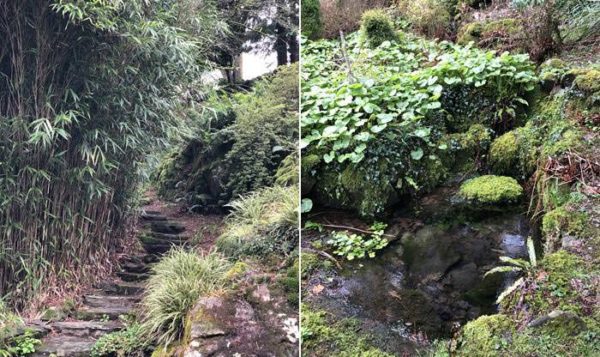
Wordsworths Garden Ponds and Terraces.
You may be interested in reading >>
Sissinghurst Garden – home of Vita Sackville West and Harold Nicholson
Nymans – home of the Messel family

